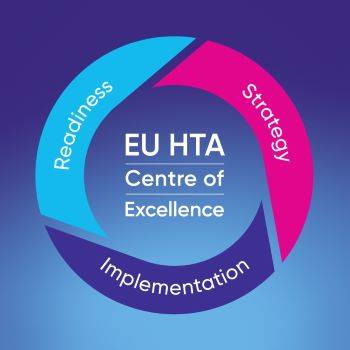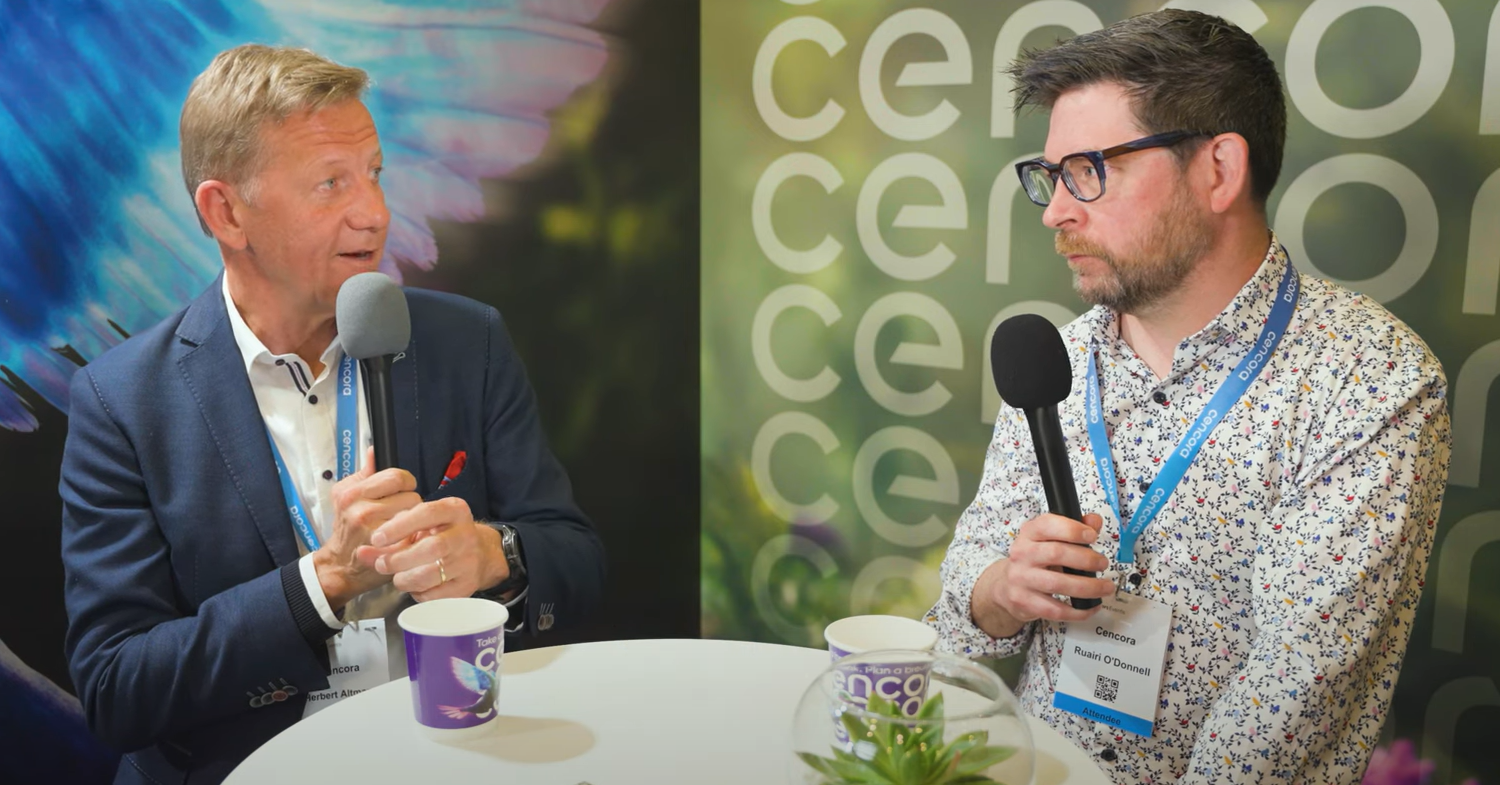Insights from Pharma 2025: Bridging gaps: How to thrive in the new EU HTA landscape
During an insightful conversation, Herbert Altmann, Vice President of Market Access and Healthcare Consulting Europe at Cencora, and Ruairi O’Donnell, EU HTA Lead at Cencora, discussed the practical implications of the EU Health Technology Assessment (HTA) Regulation, focusing on how pharmaceutical and biotech companies, large and small, can prepare for the new centralized process.
Mixed readiness across the industry
A particular challenge arises in the area of rare diseases. Due to smaller patient populations and the unique hurdles of evidence generation, companies working in rare diseases often face resource constraints that limit their ability to participate in early joint scientific consultations (JSCs). This can lead to potential conflicts of interest when better-resourced companies dominate these consultations, risking inequities in assessment and access to treatments.
These inconsistencies highlight the need for tailored support, particularly for companies unfamiliar with the joint clinical assessment (JCA) and JSC mechanisms at the core of the new EU HTA framework.
A Center of Excellence to navigate complexity


What makes Cencora’s offering stand out is its end-to-end capability, from early strategic advice and clinical trial alignment to technical submissions and local market adaptations. As Altmann explained, “We can offer everything, from awareness, education, and change management to deep expertise in JSCs, PICO simulation, statistical analysis, and even country-level integration.”

Integrating HTA early in development
This shift requires a change in mindset, treating HTA not as a late-stage hurdle but rather as a core component of market planning. “We’re seeing clients bring in HTA strategy earlier than ever before. It’s becoming part of their foundational go-to-market thinking.”
Timelines and the Letter of Intent: The true starting gun
The conversation also underscored a key procedural nuance: the letter of intent. While this formal declaration to the EMA signals the start of the regulatory journey, it also plays a crucial role in notifying HTA bodies across the EU. “It’s the starting gun,” emphasized O’Donnell. “It notifies both the EMA and the HTA coordination group, allowing all stakeholders to align resources and be ready. Missing this step can cause delays and disconnects.”
Looking ahead: Building a shared learning system
Cencora’s Center of Excellence is positioned not only to support clients through this learning process but also to contribute meaningfully to its evolution.
Conclusion: Navigating the new normal in EU HTA

Watch the full conversation
The contents of this piece contain marketing statements and do not include legal advice.
Connect with our team

Cencora.com is providing automated translations to assist in reading the website in languages other than English. For these translations, reasonable efforts have been made to provide an accurate translation, however, no automated translation is perfect nor is it intended to replace human translators. These translations are provided as a service to users of Cencora.com and are provided "as is." No warranty of any kind, either expressed or implied, is made as to the accuracy, reliability, or correctness of any of these translations made from English into any other language. Some content (such as images, videos, Flash, etc.) may not be accurately translated due to the limitations of the translation software.
Any discrepancies or differences created in translating this content from English into another language are not binding and have no legal effect for compliance, enforcement, or any other purpose. If any errors are identified, please contact us. If any questions arise related to the accuracy of the information contained in these translations, please refer to the English version of the page.



